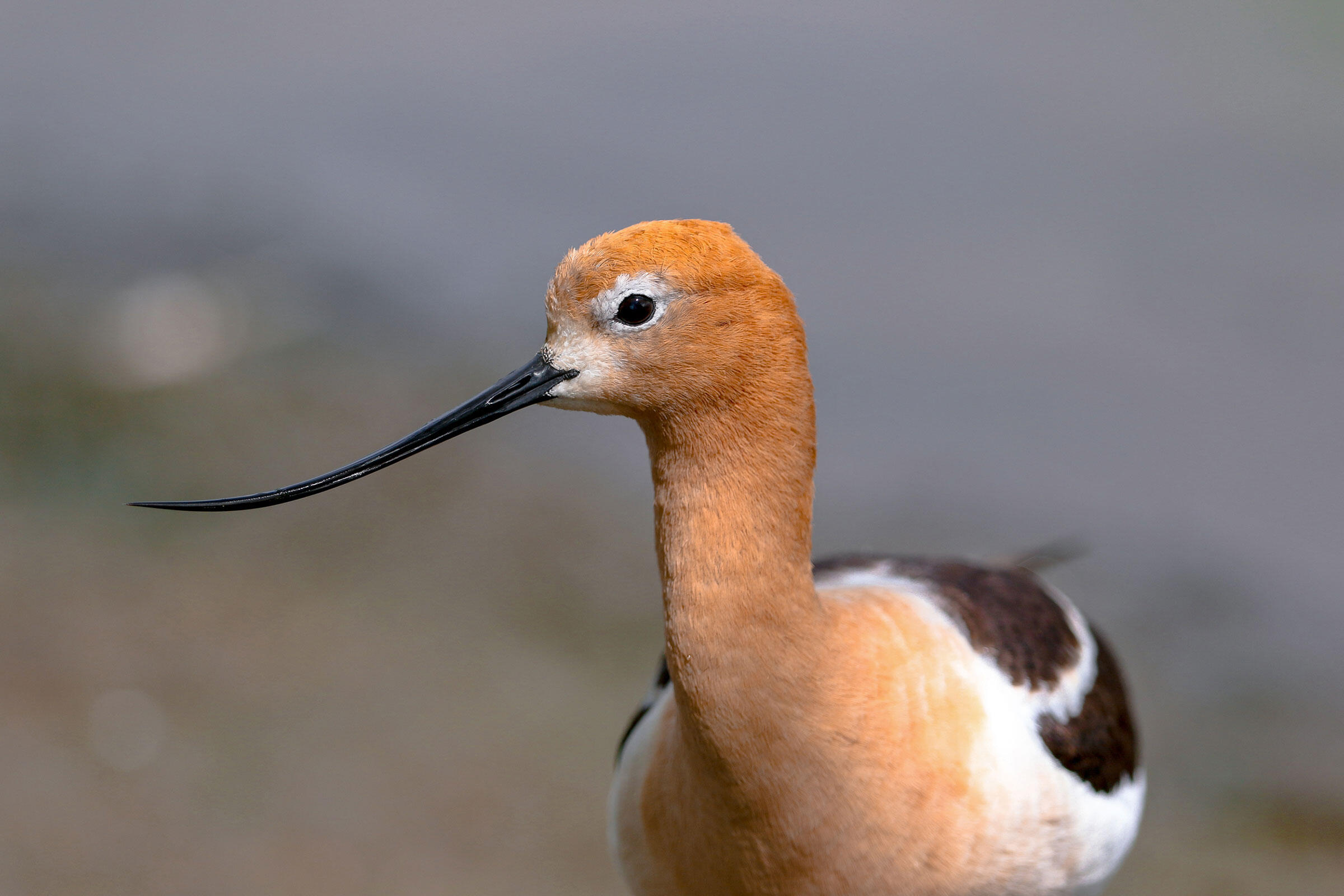 By Tim Manns
By Tim Manns
Fully Contained Communities: Last month’s Conservation Report focused on the very real possibility Skagit County Commissioners will reverse past decisions and allow so-called Fully Contained Communities (FCCs). These urban-density, multi-thousand home developments would be built on agricultural or forest lands or in other areas outside the established towns and cities and their adjacent designated urban growth areas. Allowing FCC’s would upend years of effort to maintain viable agriculture, working forests, and wildlife habitat in Skagit County. The effects on Trumpeter and Tundra Swans, on the diverse raptors that winter here, and on many other species would be devastating. Unless the Commissioners completely ignore the established approach to changing planning policies, city council members and mayors will also have a say in the decision about FCCs. Planning policies apply throughout the county. So, even if you live in an incorporated part of Skagit County, you pay county taxes, and your local elected representatives have a say about FCC’s. Are they hearing from you? To get up to speed on this important issue and learn what you can do, follow the links in last month’s Report (https://www.skagitonians.org/fight-fccs, https://skagitscoop.org/blog/fully-contained-communities-and-why-we-should-be-worried-about-them/) and this new one from the Right Growth Right Place coalition formed to block FCCs (https://www.rightgrowthrightplace.org).
Shoreline Master Program: Skagit County’s Planning Department and the appointed Planning Commission have devoted much time this year to the long-overdue comprehensive revision of the Shoreline Master Program (SMP). This plan governs development along marine and freshwater shorelines outside incorporated towns and cities (which have their own SMPs). While prepared by the county, the plan must meet the approval of the state’s Department of Ecology in compliance with the Shoreline Management Act. Skagit County has an unfortunate history of resisting state mandates for land use planning. While Skagit Audubon welcomes the fact that the county is finally revising its SMP, there is a glaring omission. National Audubon and other avian conservation organizations have documented anthropogenic climate change as the most significant threat to birds. One effect of climate change with significant implications for bird habitat as well as people is sea level rise. In commenting on the county’s draft SMP revision, Skagit Audubon joined many other groups and individuals in asking that planning for inevitable sea level rise be part of the SMP. On the Planning Department’s website, you can read the response stating simply that the Shoreline Management Act and Department of Ecology don’t require addressing sea level rise in SMPs, and therefore Skagit County is not bothering
(https://www.skagitcounty.net/Departments/PlanningAndPermit/SMPmain.htm), despite the very serious effects it will have on people, roads, buildings, farms, etc. - - and despite the fact that the Department of Ecology has grants for counties to plan for this inevitability. We appreciate that updating the SMP is a huge amount of work. To wait decades and then do less than even the obvious minimum is more than unfortunate.
Migratory Bird Protection Act: For a century following its 1918 passage, the Migratory Bird Treaty Act was the most important legal protection for birds in North America. The previous presidential administration suddenly weakened implementation of the act to only defend birds against deliberate harm, eliminating any incentive for industry to follow best practices to protect birds. The new administration has begun the rule-making process to reverse that change, but there is also the possibility of legislation to modernize bird protection and elevate it from regulation to law. On July 21st, “Congressman Alan Lowenthal and Congressman Brian Fitzpatrick reintroduced the bipartisan Migratory Bird Protection Act, legislation that would permanently codify important and much-needed protections for millions of migratory birds. The legislation would provide regulatory certainty for industries and help ensure that we meet the conservation goals of the century-old Migratory Bird Treaty Act (MBTA) which forms the backbone of our nation’s migratory bird conservation efforts.” To read about the importance of the MBTA and this potential new law, search: National Audubon, Migratory Bird Treaty Act.  Photo credit: American Avocet by Susan Hodgson, Audubon Photography Awards.
Photo credit: American Avocet by Susan Hodgson, Audubon Photography Awards.
For information on other issues Skagit Audubon is tracking go to “Conservation Notes” under the “Conservation” tab on the chapter’s website (www.skagitaudubon.org).



